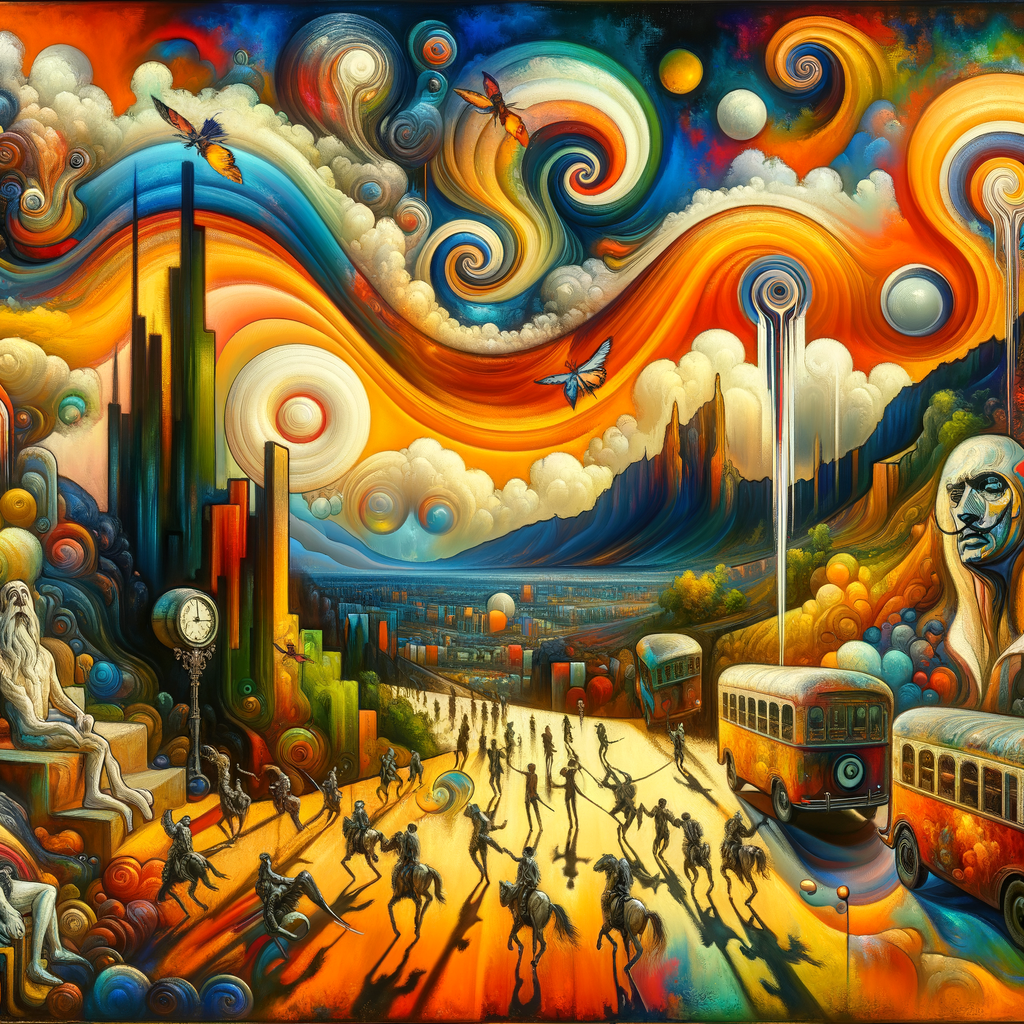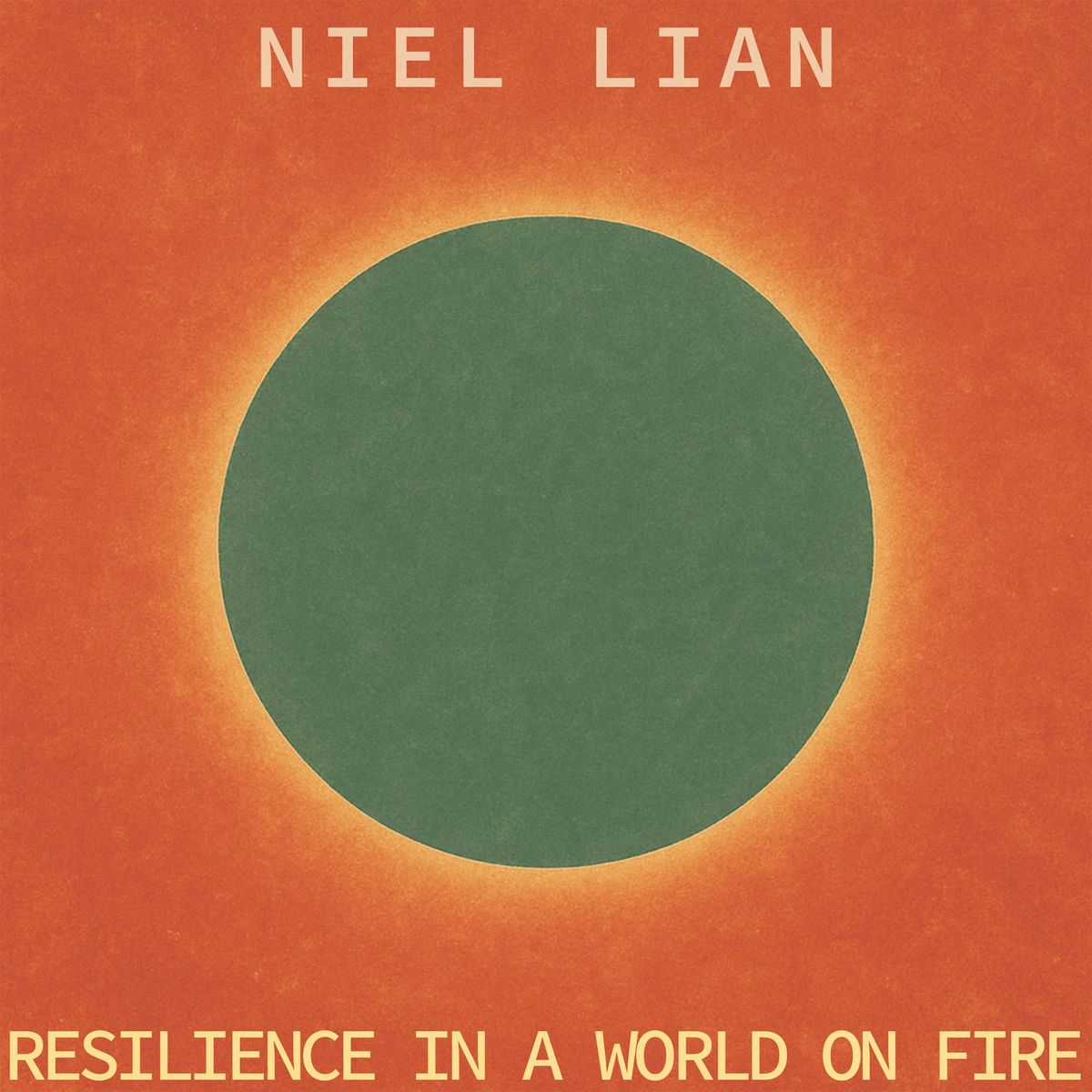Part 2 of the The Role and Impact of Independent Media series
Across the tapestry of global history, independent media movements have surged forth as powerful catalysts of societal change and counter-narratives to mainstream media monopolies. These movements, born from the thirst for unbiased information, freedom of expression, and challenging hegemonic powers, have morphed landscapes, shaped public opinions, and indeed, altered the course of history.
The roots of independent media trace back to periods and places where voices were suppressed, and the official narrative was singular and state-sponsored. In the late 17th century, the proliferation of pamphleteers in Europe, for example, served as one of the earliest forms of independent media, critiquing the socio-political landscape without the interference of royal or church censorship. These printed voices laid the groundwork for the role of independent media as a check on power.
Fast forward to the 20th century, and the world witnessed a renaissance in independent media movements, each tailored to its zeitgeist and the unique challenges it faced. In the United States, the 1960s counterculture movement gave birth to an underground press, which became an essential outlet for voices marginalised by the mainstream media. Publications like “The Berkeley Barb” and “The East Village Other” not only covered anti-war, civil rights, and feminist movements but also galvanized them.
Across the Atlantic, during the same period, pirate radio stations in the UK, such as Radio Caroline, challenged the BBC’s monopoly on broadcasting. Broadcasting from ships in international waters, these stations filled the airwaves with rock ‘n’ roll and pop music, unbeknownst to government regulation, fostering a new culture of music and independent thought among the British youth.
In Latin America, the tradition of ‘prensa alternativa’ or alternative press during the 70s and 80s provided a voice to those resisting authoritarian regimes. These publications, often produced in secrecy and under constant threat from government forces, were critical in organising and informing resistance movements in countries like Chile and Argentina.
The turn of the millennium heralded the digital age, transforming the landscape for independent media with the advent of the internet. Perhaps one of the most groundbreaking moments in this era was the Arab Spring, beginning in 2010, where social media platforms played a pivotal role. Bloggers, citizen journalists, and activists utilized platforms like Twitter and Facebook to organize protests, expose injustices, and share narratives that were entirely absent from the state-controlled media outlets, showcasing the power of digital independent media in real-time political upheaval.
Today, independent media movements continue to proliferate worldwide, from the investigative journalism platforms in Eastern Europe and Russia, exposing corruption and advocating for transparency, to the indie podcasters and vloggers dissecting socio-political issues in Asia and Africa, broadening the spectrum of voices and stories in the global narrative.
These movements have not been without their challenges. Legal hurdles, financial instability, and targeted attacks on journalists and media workers are just some of the obstacles independent outlets face. Yet, their resilience and innovation in the fight for freedom of expression and information continue to blaze a trail for the future of media.
As history marches on, the story of independent media movements worldwide is far from complete. These movements serve as beacons of hope and resistance, bastions of truth in an age of misinformation, and critical frameworks for understanding the power dynamics that shape our world. Their legacy is a testament to the enduring human spirit for authenticity, liberty, and the relentless pursuit of truth.










